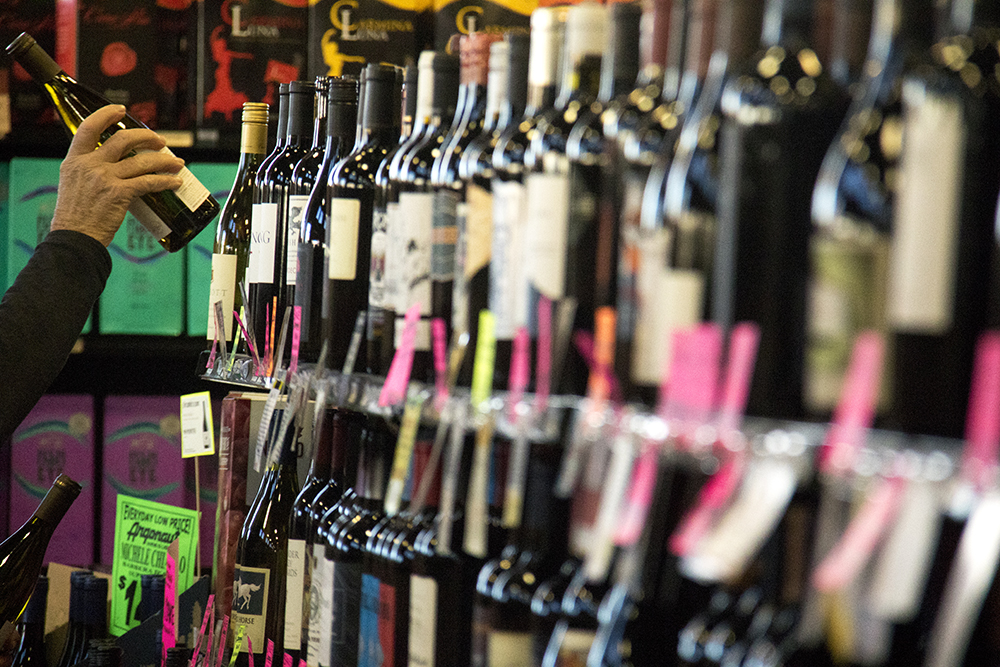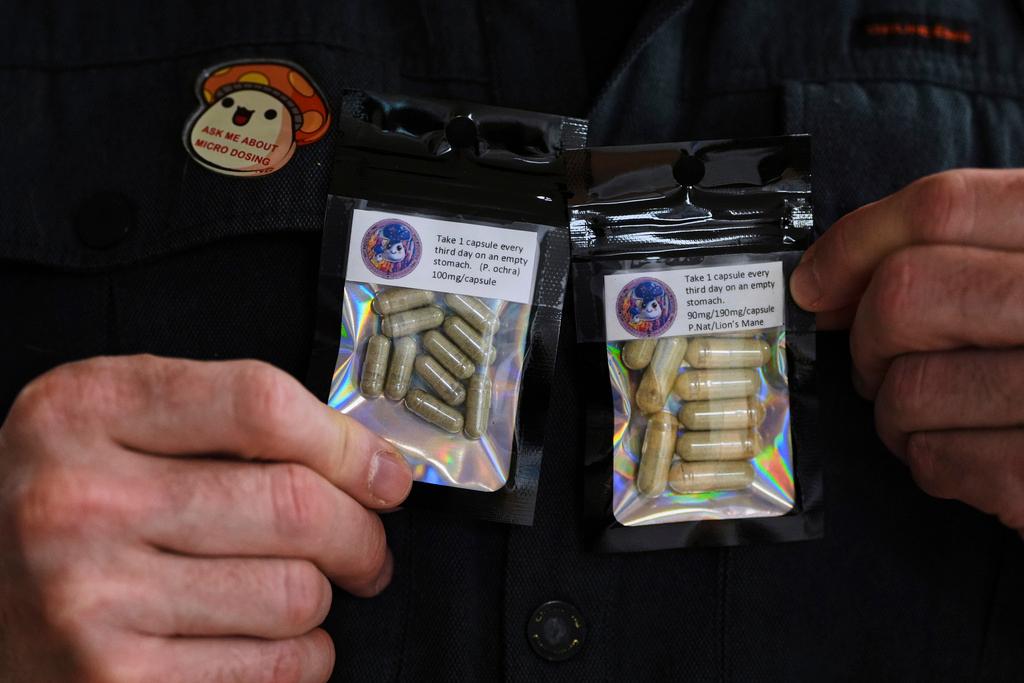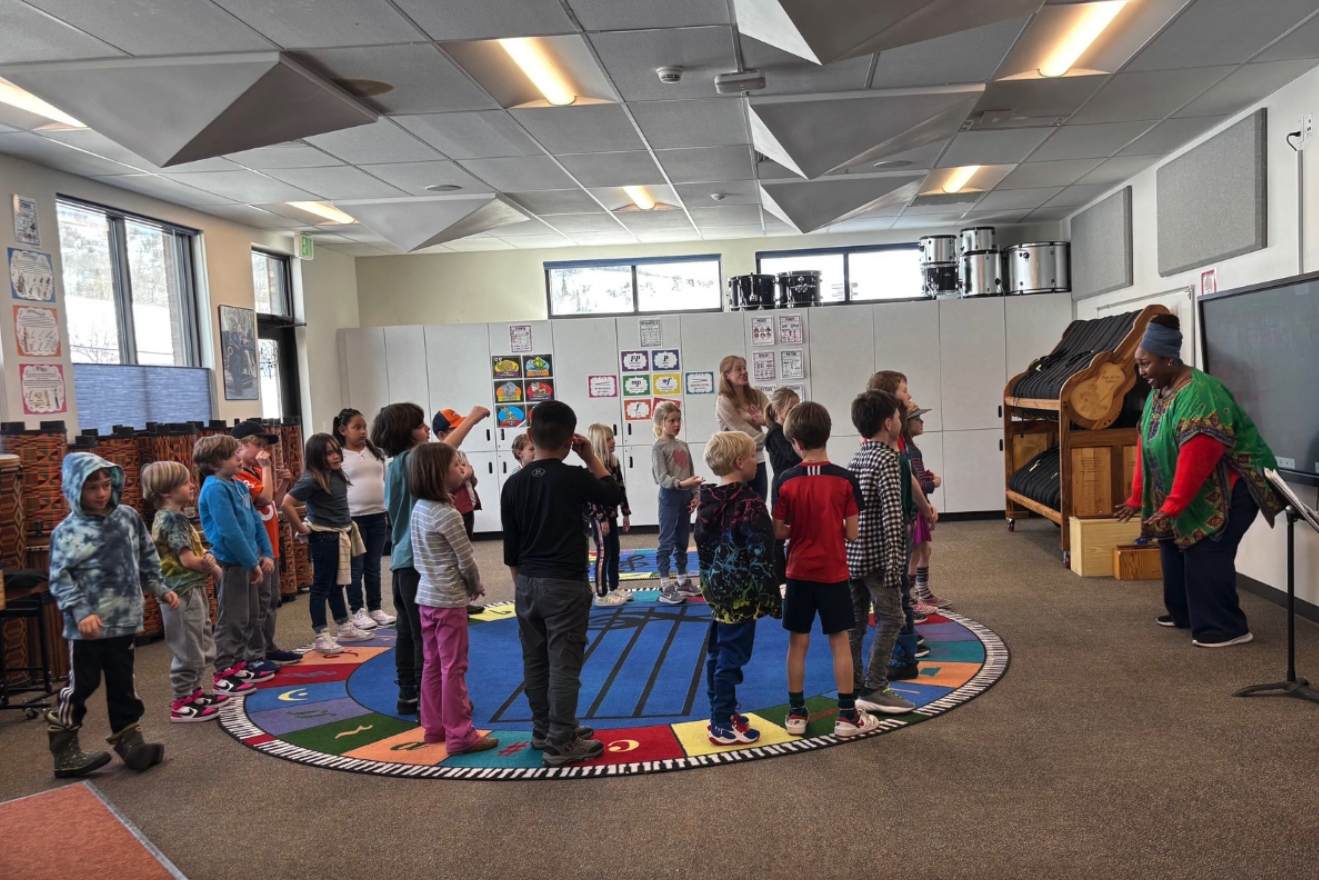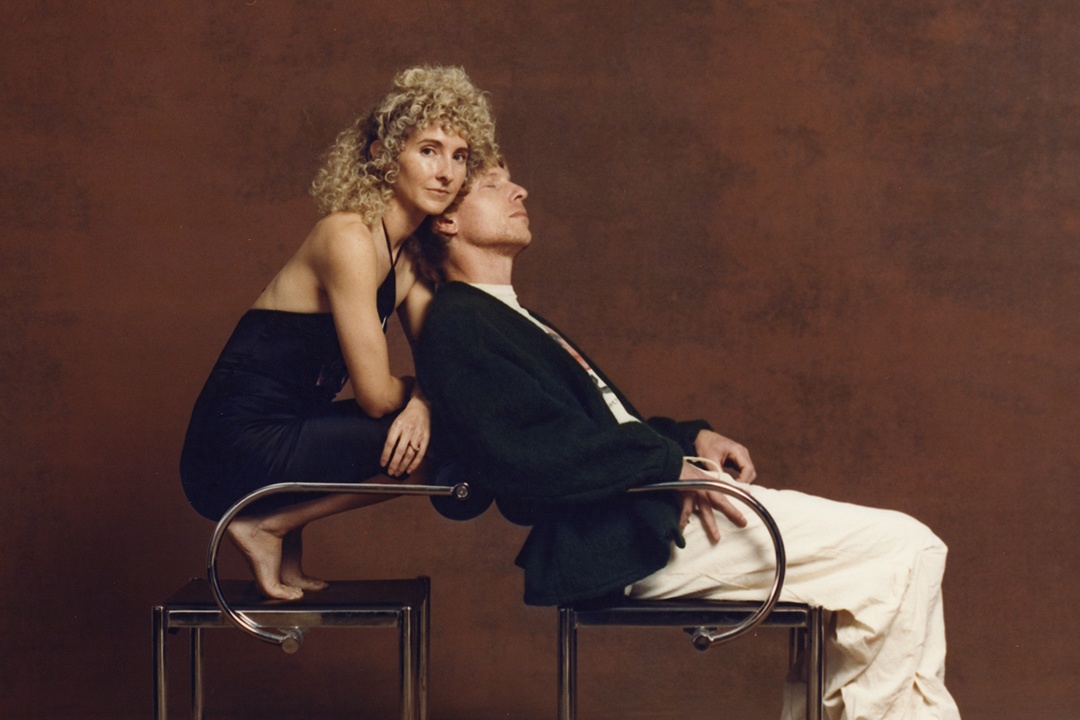
Bruce Gallagher bought Bonnie Brae Liquor in 2020 hoping to change the negative stereotypes of the industry, create a family vibe for the store and be a part of the community.
When asked now to identify the positives in the liquor industry, Gallagher responds with a laugh: “none.”
Liquor stores in Colorado say they’re in trouble.
The sobriety movement is real. Grocery store competition is poaching customers. High prices are forcing many people to scale back purchases.
“It’s a combination of everything,” said Gallagher. “The forest is burning, not just a single tree.”
Total alcohol sales volume is down 6 percent through the first six months of this year, compared to the same time period in 2023, according to data from the Colorado Department of Revenue. Every major segment of alcohol — beer, wine, hard liquor spirits — are down.
Wine, though, has been hit the hardest, with sales volume down 16 percent. In 2022, Colorado voters approved selling wine in grocery stores by a statewide vote, and the first wine sales started in March of 2023.
“Wine in grocery, that damn near is killing the independent retail market,” said Gallagher. “We can't compete with their pricing.”
Even hard liquor sales are down, according to state data. Whiskey and tequila had been bright spots for the industry, as customers were attracted to craft distillers with local connections and compelling stories and marketing.
“One of the reasons that we're seeing a decline in liquor sales is because there are few trips to the liquor store,” said Chris Carran, who owns Locals Liquor in Silverthorne.
In the past, Carran said, a customer would come in for a bottle of wine or beer, and maybe pick up a bottle of whiskey as well. But the convenience of beer and wine at grocery stores has limited those types of impulse purchases.
But it’s bigger than grocery stores.
“Volume’s down a little bit because people are choosing sobriety or partial sobriety,” said Carran.
Younger adults, in particular, are more likely to report lower alcohol consumption. A study from the University of Michigan found binge drinking and daily use rates for people ages 19 to 30 fell to the lowest levels that surveys have ever recorded.
“The sober movement is real,” said Gallagher. He’s added products that he never thought would be big in his liquor store: “We actually have a huge non-alcoholic wine, beer and spirits category now.”
This follows a steady stream of national news about research that shows even moderate amounts of alcohol for older adults increased cancer rates with no heart benefits. Other studies have found a link between any alcohol consumption and increased cardiovascular risk.
And then there is the effect of prices, which have risen 17 percent from Feb. 2020 to Dec. 2023, according to the U.S. Bureau of Labor Statistics, Producer Price Index for Beer, Wine, and Liquor Retailers.
Gallagher said that he’s seen consumers “shelf dropping” where they choose similar alcohols that are cheaper. He has also seen customers buy one bottle of the expensive tequila instead of the usual two in a month.
He said starting during the pandemic, suppliers kept raising prices to see just how much consumers would pay.
“This is a perfect example of corporate greed in this industry is they pushed and pushed and pushed,” Gallagher said.









